 I mentioned yesterday that Fanfare/Ponent Mon is re-offering Japan as Viewed by 17 Creators in the new Previews catalog, and I felt like I should note some other “offered again” items of note:
I mentioned yesterday that Fanfare/Ponent Mon is re-offering Japan as Viewed by 17 Creators in the new Previews catalog, and I felt like I should note some other “offered again” items of note:
As you may have surmised, Dark Horse is re-offering just about all of their first volumes.
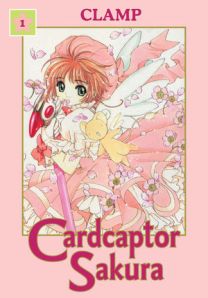














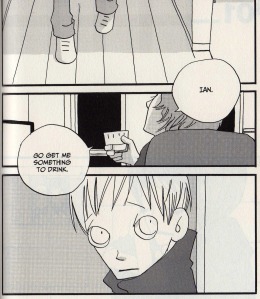



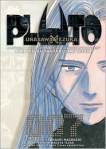

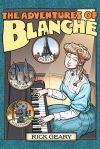

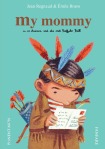
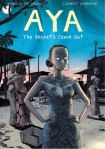




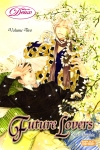


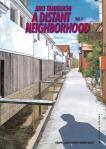
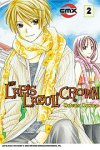
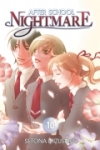
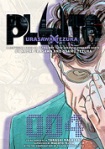





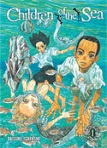




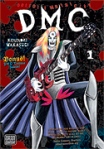

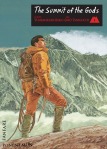



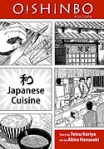


Upcoming 1/27/2010
Beyond offering some enjoyable and promising material, this week’s ComicList gives me the opportunity to review a couple of likeable titles that I received from the publishers.
Now, on to the rest, though that hardly seems like a fitting phrase for the range and appeal of the items I haven’t yet read.
Last Gasp concludes its admirable effort to release Keiji Nakazawa’s deservedly legendary Barefoot Gen. The ninth and tenth volumes arrive Wednesday. What more do I need to say?
And if you’re curious about this week’s debuts from Tokyopop, tangognat has you covered with reviews of Alice in the Country of Hearts and Portrait of M and N.